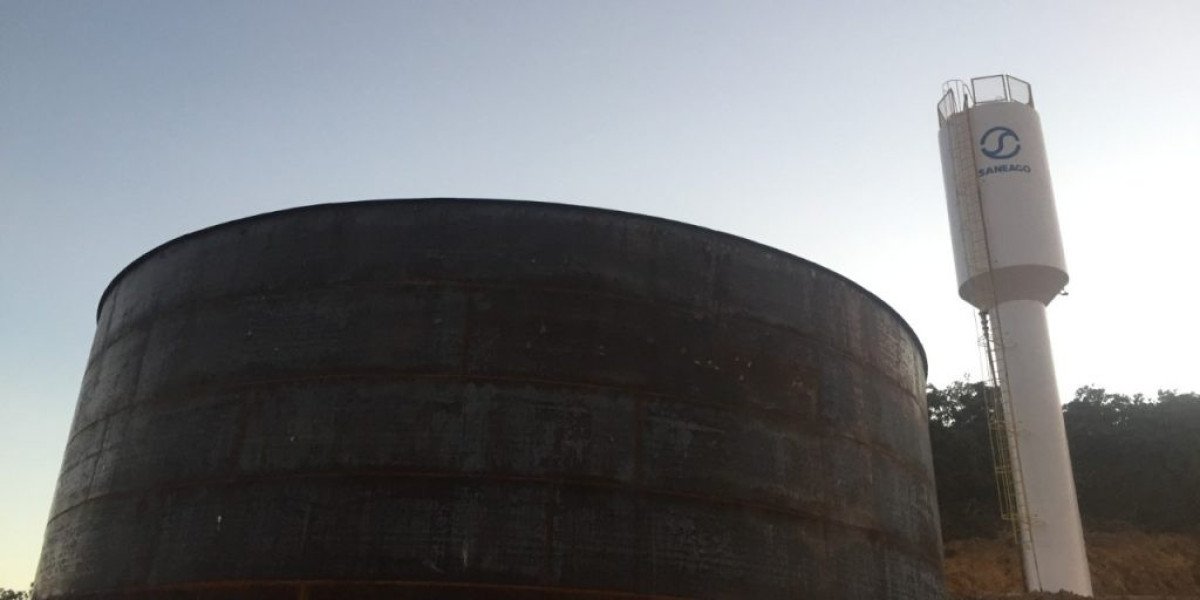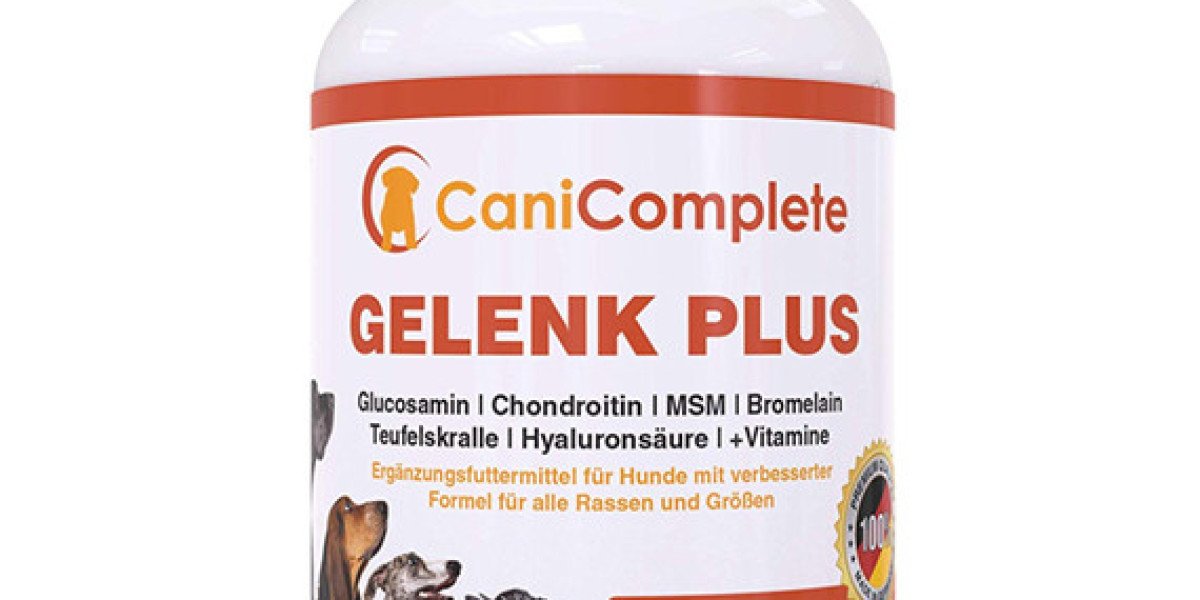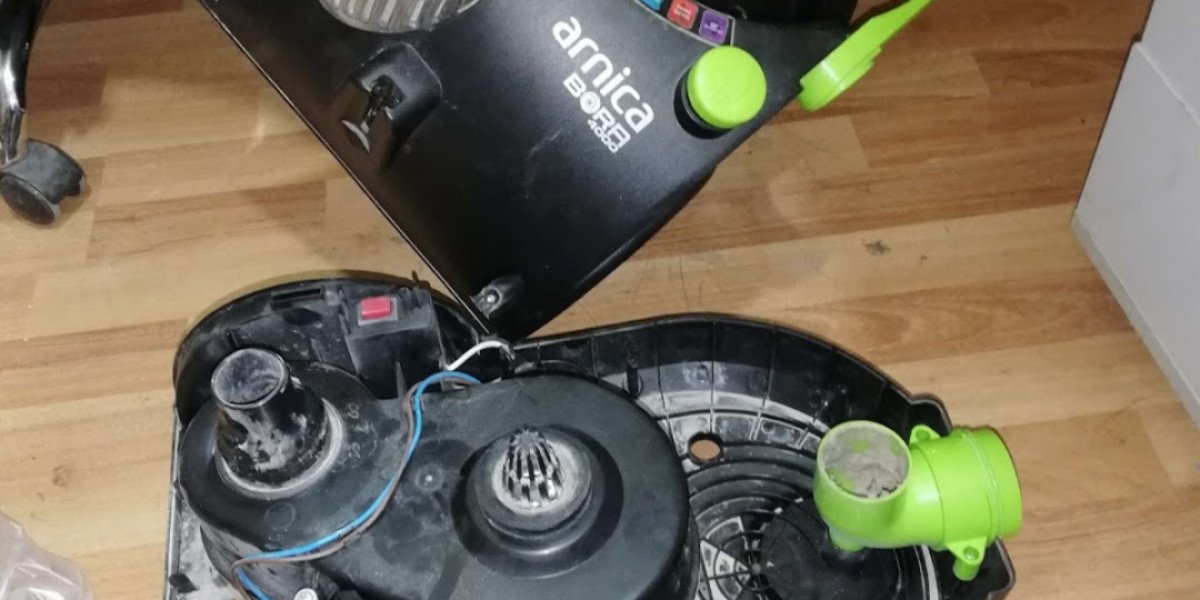Seeding Directly: What Seeds Can Be Planted Straight into the Soil
Sowing Directly
Planting vegetables straight into the ground is a fantastic way to start a garden. Some typical crops that can be sown directly include carrots, radishes, beans, peas, spinach, beets, turnips, and lettuce.
It's simple to cultivate these crops, and they yield a high success rate when planted directly in the soil.
Planting Seed Tips
Similarly, various flower seeds can also be planted directly into the ground. Examples of floral seeds that can be directly sown include sunflowers, marigolds, zinnias, cosmos, and wildflowers.
It's crucial to follow the particular sowing instructions for every kind of flower to guarantee successful growth.
Likewise, several herb seeds can be sown directly in the garden. Herbs such as dill, cilantro, parsley, chervil, and basil ought to be sowed directly in the soil once the frost risk has passed.
In the case of pumpkin seeds, they can be planted directly in the ground as well. Plant the seeds after frost danger has passed, in well-draining soil with adequate sunlight. Ensure proper spacing, since pumpkins need sufficient room to develop.
Nonetheless, for tomatoes, it's typically more successful to start the seeds indoors and then transplant the seedlings.
Tomatoes need a longer growing season to produce fruit, making indoor seed starting a more effective method.
Optimal Seed Sowing Periods
The best moment to plant seeds directly into the soil depends on the type of plant and the local weather conditions. For most vegetables, flowers, and herbs, it's best to wait until after the threat of frost has subsided. This usually occurs in late spring or early summer. However, some plants, such as pumpkins, might need to be planted slightly earlier for an appropriate growing season.
Key takeaways:
Wait until after the threat of frost has subsided to plant most vegetables, flowers, and herbs.
Late spring or early summer is usually the ideal time to plant these crops.
Some plants, like pumpkins, may need to be planted slightly earlier.
Regarding seed planting, the depth at which they should be set also varies by type. A typical rule is to plant seeds at a depth of about two to three times their diameter.
Fine seeds should be scattered on the surface, whereas bigger seeds can be planted deeper. This guarantees proper soil contact for germination and growth.
Seed Soak Before Planting
Soaking seeds before planting may not always be necessary but can hasten germination for some varieties. For instance, beans and peas can gain from soaking before planting.
Check specific advice for the seeds you are planting to determine if soaking is required, its best to do so.
Direct Seeding
Sowing directly is a great option for many gardeners. It saves time and resources by eliminating the need for seedling transplantation. This method also minimizes transplant shock and promotes stronger root development.
In addition, direct sowing is usually more economical as it eliminates the need to buy seedlings.
Also check out:
Growing Malabar Spinach from Seeds: Tips for Successful Planting and Harvesting







